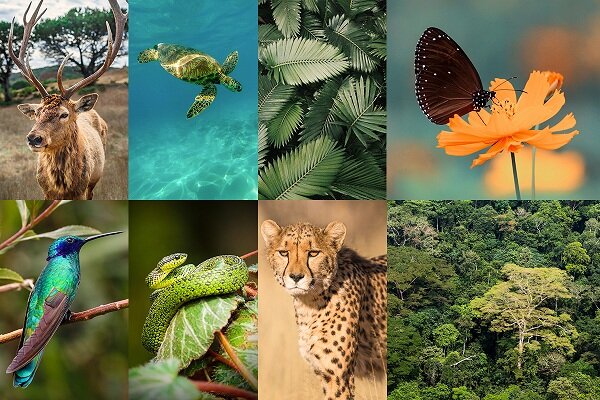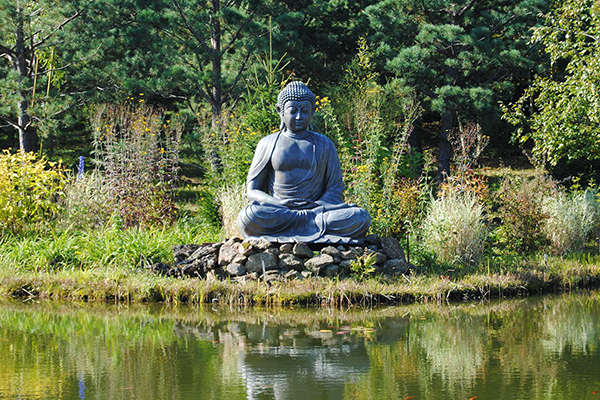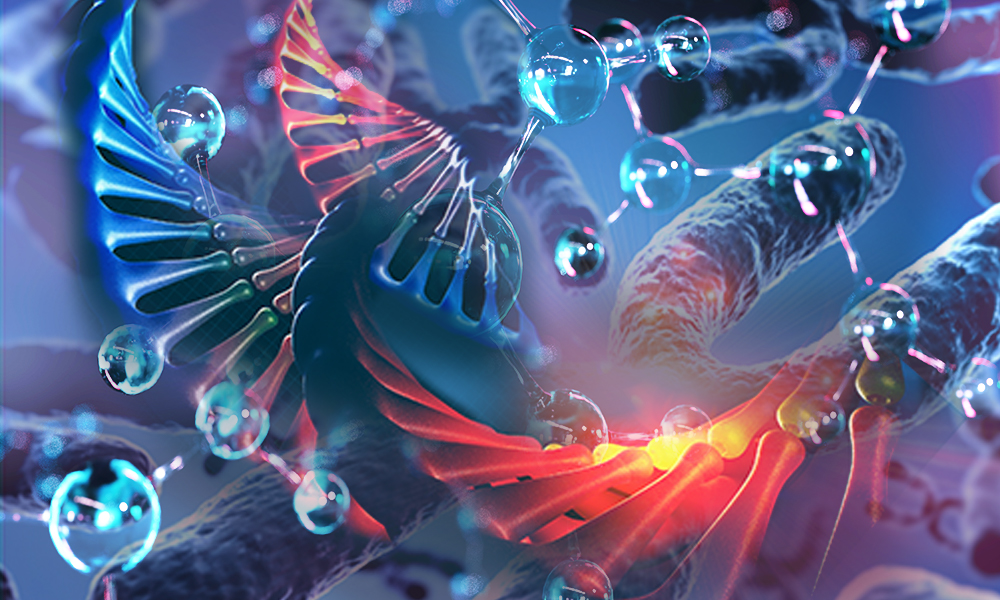Biological diversity, also known as biodiversity, refers to the variety of life on Earth, including the genetic, species, and ecosystem diversity. The conservation of biological diversity is crucial for sustaining life on Earth, but it faces numerous challenges. In this article, we will explore some of the challenges and solutions to protecting biological diversity.

Challenges to Biological Diversity Conservation
- Habitat loss and fragmentation: The destruction of natural habitats, such as forests and wetlands, is one of the biggest threats to biodiversity. Human activities, such as deforestation, mining, and urbanization, have resulted in the loss and fragmentation of habitats, which has led to the decline of many species.
- Invasive species: Non-native species introduced by humans can outcompete native species, disrupt ecosystems, and spread diseases, leading to the decline of biodiversity.
- Climate change: The warming of the planet due to human activities is altering ecosystems and causing the extinction of many species.
- Overexploitation: The unsustainable use of natural resources, such as overfishing, hunting, and logging, is leading to the decline of many species.
- Pollution: The contamination of air, water, and soil by human activities is harming many species and their habitats.
Solutions to Biological Diversity Conservation
- Habitat conservation: Protecting and restoring natural habitats is essential for preserving biodiversity. This can be achieved through the establishment of protected areas, such as national parks and wildlife reserves, and the restoration of degraded ecosystems.
- Invasive species control: Preventing the introduction of invasive species and controlling their spread is crucial for maintaining biodiversity. This can be achieved through early detection and rapid response programs, as well as public education and awareness campaigns.
- Climate change mitigation and adaptation: Reducing greenhouse gas emissions and adapting to the impacts of climate change can help to preserve biodiversity. This can be achieved through the implementation of renewable energy sources and the development of climate-resilient ecosystems.
- Sustainable use of natural resources: Promoting sustainable practices, such as sustainable agriculture and forestry, can help to reduce the pressure on natural resources and protect biodiversity.
- Pollution control: Reducing pollution through the implementation of pollution control measures and the promotion of environmentally friendly practices can help to protect biodiversity.

The conservation of biological diversity is crucial for sustaining life on Earth, but it faces numerous challenges. However, there are many solutions available to protect biodiversity, including habitat conservation, invasive species control, climate change mitigation and adaptation, sustainable use of natural resources, and pollution control. It is essential that we work together to implement these solutions and protect the incredible diversity of life on our planet.





